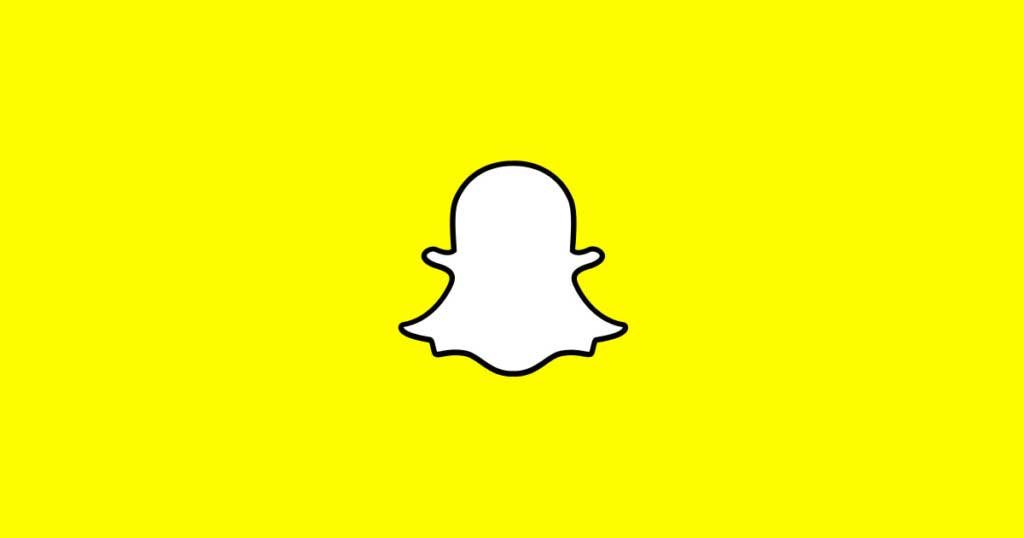How Snapchat succeeds in the crowded social app market

Think about how many apps have come and gone since Facebook landed on smartphones across the world. The number could quite literally be endless. More new apps are being released every day. Most fail, but others thrive. One of those that has done better than most is Snapchat.
How has this app managed such a meteoric rise, and how has it been positioned for continued success?
The Beginning of Snapchat
Founded in 2012 by Evan Spiegel after he dropped out of Stanford with only three classes left until graduation, Snapchat was developed as a fun – and safe – way to share visual content that would disappear ten seconds after it was viewed. Sort of a Mission Impossible message for the Millennial generation.
The main attraction of Snapchat was the reduced chance of regret. Many millions have felt the humiliation of posting something on Facebook or Twitter they would like to take back, but it’s too late. The content has been screen capped and shared around. There’s no denying it … well, you could, but that just makes it worse.
Snapchat’s In Seconds
Snapchat took this impulse to share things you may not want left up and turned that into a business model. Users would share information specifically because they knew it would be gone almost immediately. No permanent record, and little to no chance that anything shared on Snapchat could come to haunt you in a job interview or during a political campaign.
That feature quickly made Snapchat the go-to social media app for notoriously impulsive as well as often regretful teens and young adults. But that success shifted as quickly as it has come, pigeonholing Snapchat as the app to use for sexting.
Soon, the app was all but synonymous for teens sending inappropriate – and sometimes illegal – images to each other and to many adults with whom they were having illicit relationships. This led both law enforcement and hackers to create co-apps that allowed people to capture Snapchat images before they disappeared. Some used these images to capture criminals, but others used them for much more nefarious intentions and operations.
Privacy Is Valued
Suddenly, what was meant to be private wasn’t nearly as private as people initially thought they would be. This could have been the end of Snapchat, but the company managed to make it through these rough waters and continues to thrive to this day.
Snapchat managed this by creating a series of new add-ons and features that users loved. From “stories” to image add-ons, Snapchat scored because they understood what their target market was looking for … even before the market realized what they really wanted. And “want it” they did. This success helped Snapchat get past the trouble and move forward even more popular than ever before.
Think about how many apps have come and gone since Facebook landed on smartphones across the world. The number could quite literally be endless. More new apps are being released every day. Most fail, but others thrive. One of those that has done better than most is Snapchat. How has this app managed such a meteoric rise, and how has it been positioned for continued success? The Beginning of Snapchat Founded in 2012 by Evan Spiegel after he dropped out of Stanford with only three classes left until graduation, Snapchat was developed as a fun – and safe – way to share visual content that would disappear ten seconds after it was viewed. Sort of a Mission Impossible message for…